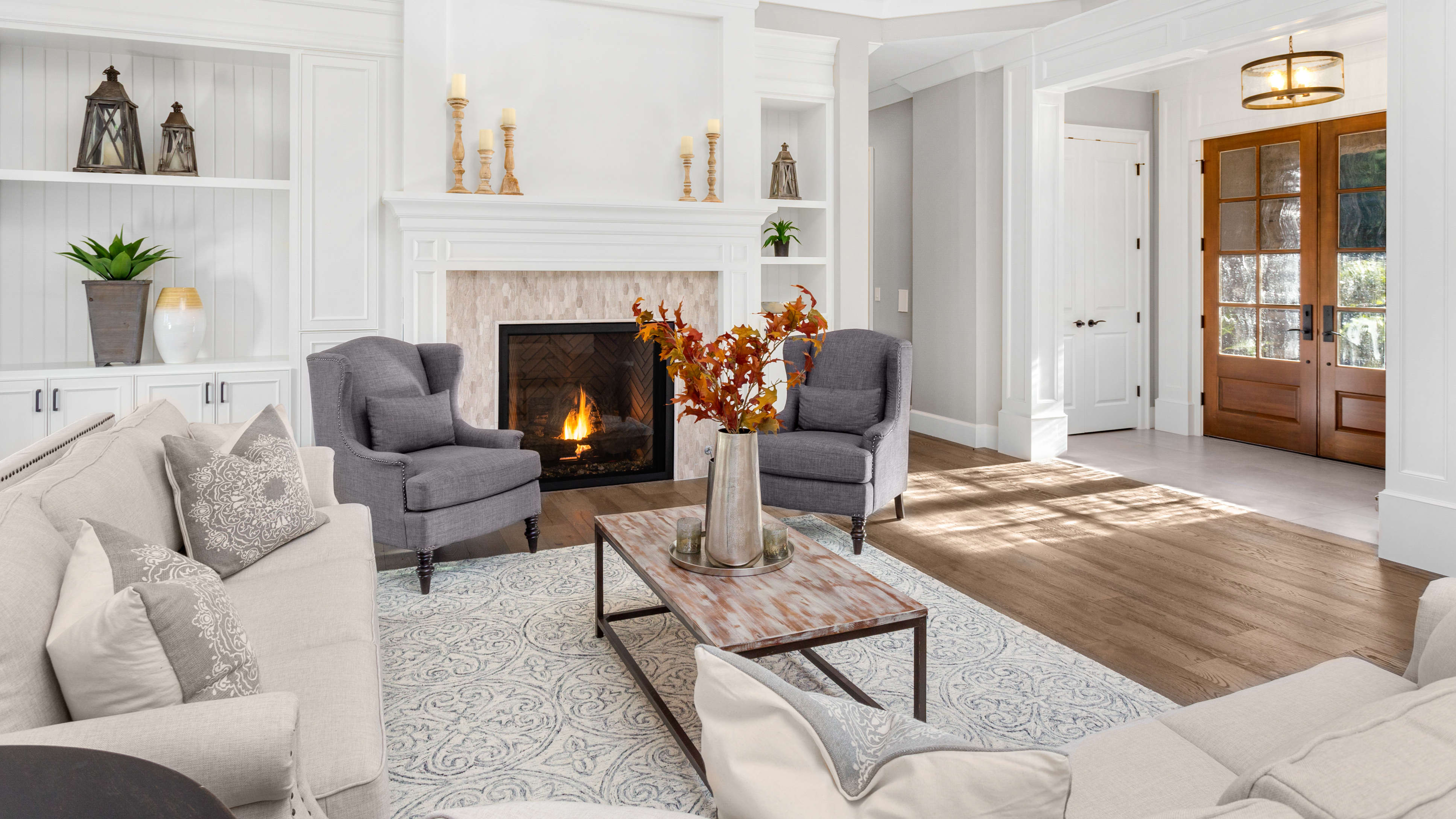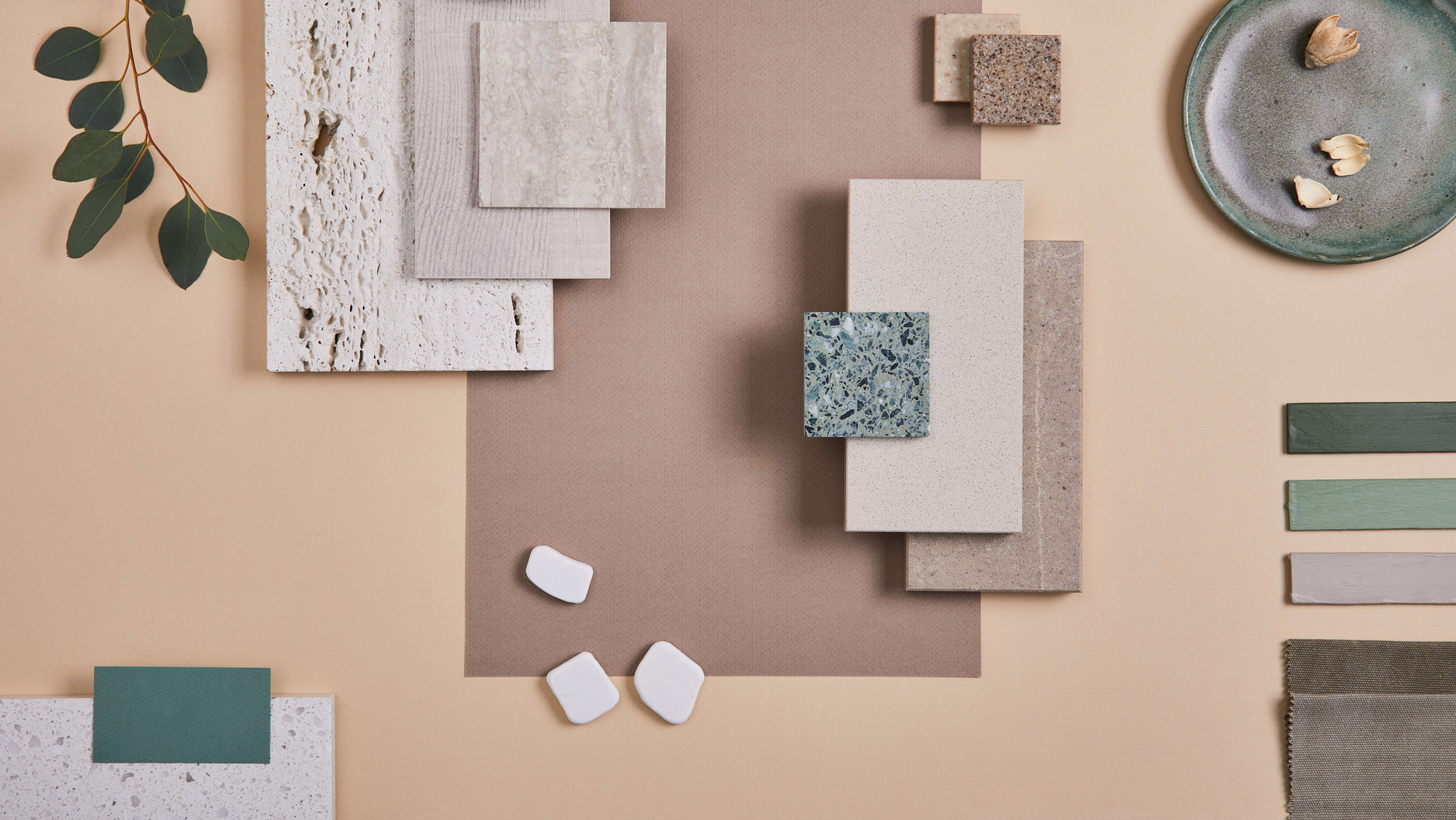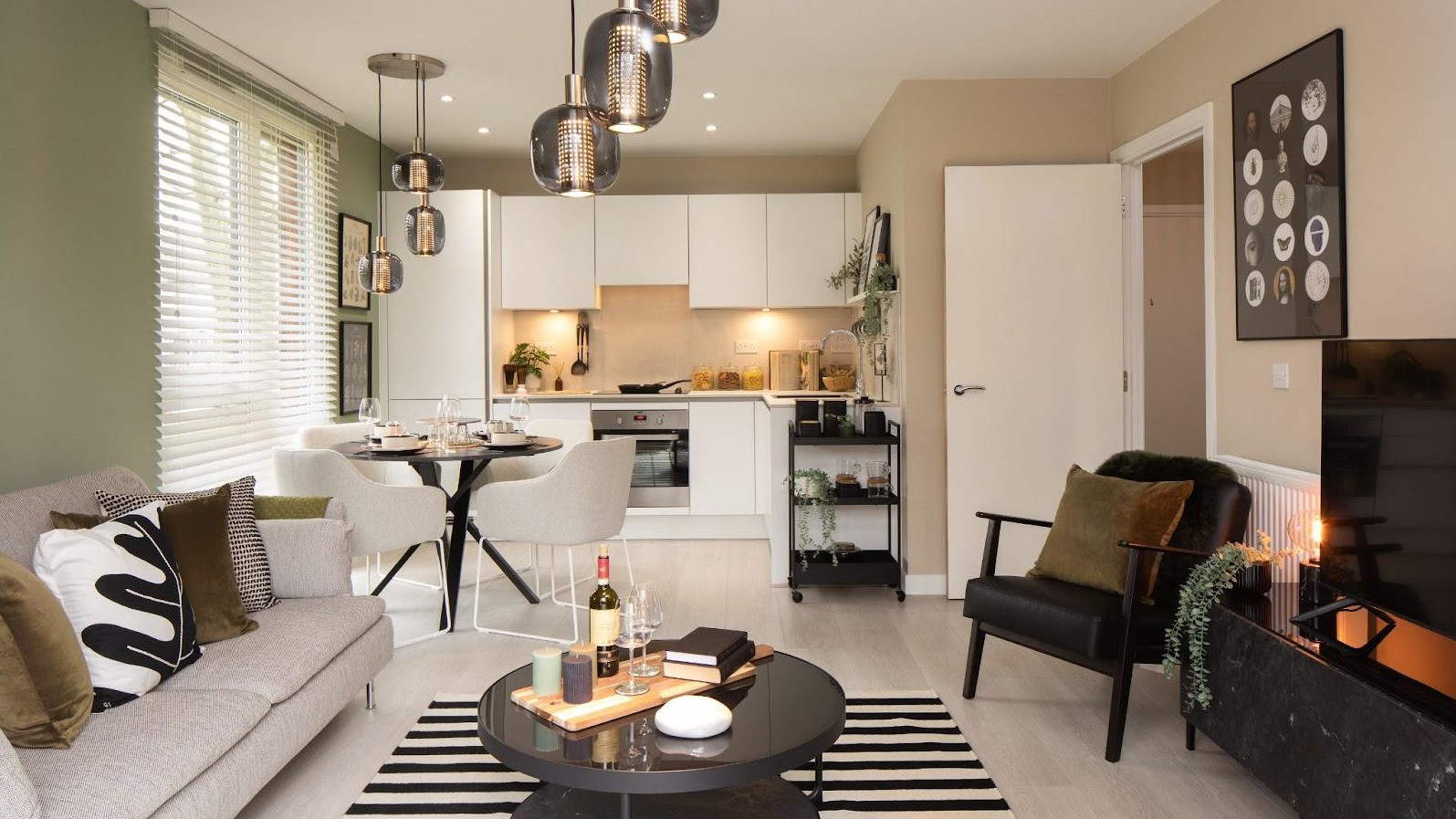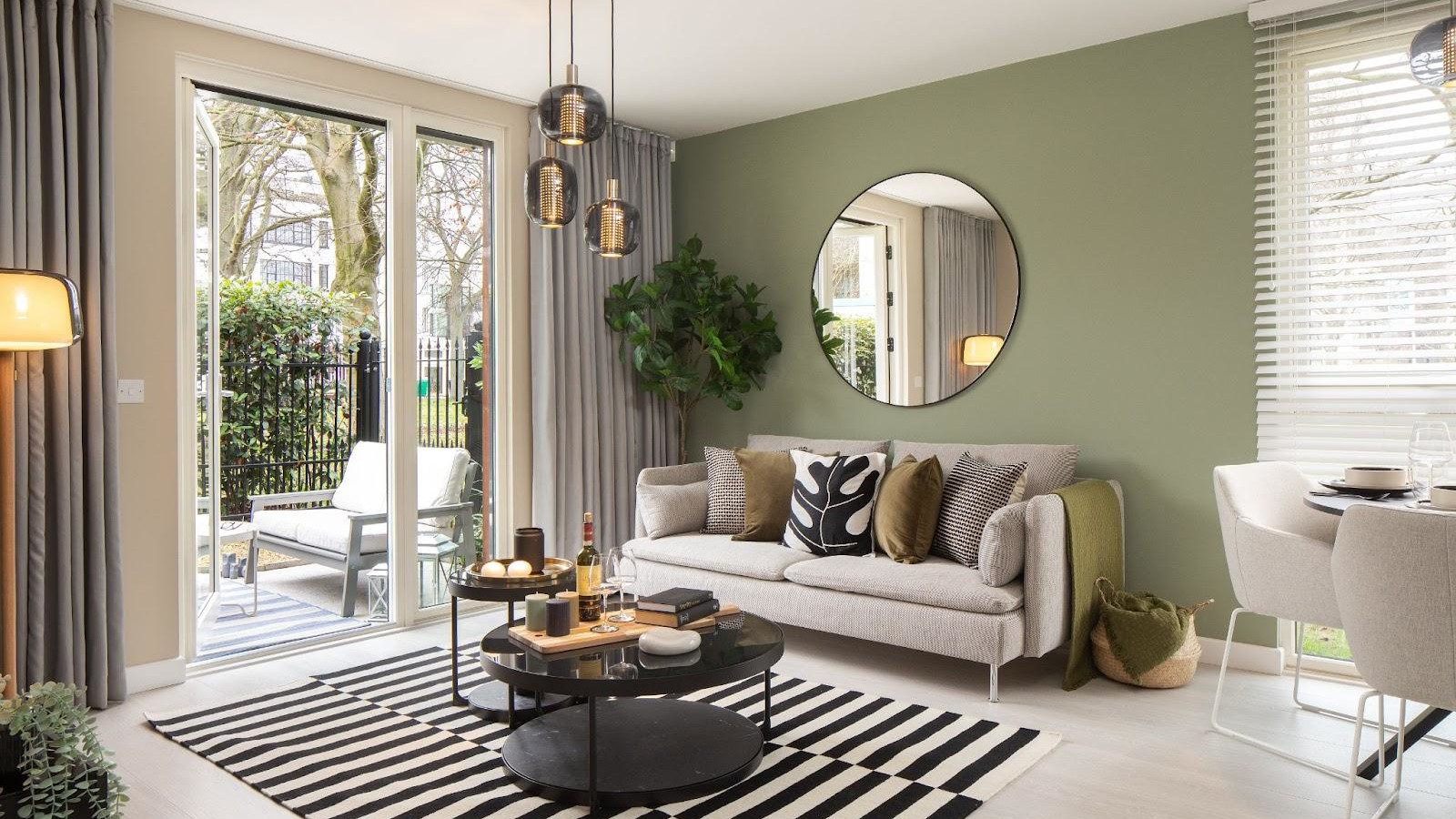
Whether you’re planning to sell your home and want to get it looking pristine for viewings, or you adore the show home look, we reveal an interior designer’s 7 top secrets to achieving a beautiful home that buyers will love, and you’ll not want to leave.
Show homes are always inviting, spotless and beautifully decorated to encourage you to linger and imagine your belongings in the space. But while an aesthetic clear of clutter may look effortless, a great deal of planning goes into presenting a well-balanced, immaculate home.
Homebuilder Barratt London has teamed up with Ikea’s interior design expert, Mahnaz Heidari Orojiloo, to share tips for achieving the show home aesthetic — and demonstrate how it’s achievable on a budget. So, even if you don’t own a new home, you can still recreate this coveted aesthetic in your space.
1. Start with a mood board

From the outset, Orojiloo suggests creating a mood board to help you gain a clear vision of the style you want to achieve. You can do this the old-fashioned way: sticking down paint color chips, fabric samples and other design inspiration onto a board, or you could use something like Pinterest.
Orojiloo says this stage will give you the time to choose your color scheme, select pieces of furniture and decor and incorporate textures, lighting and artwork.
When choosing a color scheme, remember that most show homes use neutral tones. This can help create a sense of space and focus would-be buyers on the property rather than diverting their attention to a bright wall color. A neutral color scheme will also make an elegant and calming aesthetic.
2. Use the 60-30-10 rule

When planning a room’s color scheme, many interior designers follow the 60-30-10 rule. It’s based on the theory that 60% of the room should be a dominant color, 30% should be the secondary color or textures, and 10% should be an accent. Orojiloo says, “It’s important to balance primary and accent colours, and a colour wheel can help with this.”
You may find it helpful to have a color wheel you can physically hold, rather than using an online version, you could purchase this Creative Color Wheel ($9, Amazon).
When planning your color scheme Orojloo recommends: “Think about the mood you want to create. For example, do you want the room to feel serene, vibrant or cosy? Also, consider the room’s natural light and size.”
But Orojloo warns. “Remember that colour is such a personal choice and we all have our own favorites. Choose colours you love and that make you feel good.”
There’s nothing worse than living with a color that’s on-trend but you hate. Your home should be a place that brings comfort and calm rather than making you feel rattled every time you look at something that you dislike.
3. Storage is key — choosing the right furniture will help

Clutter is one of the biggest issues when creating a calm and inviting interior. And even once you’ve decluttered your home, finding a space for everything else depends on clever storage. Orojloo knows how important this is. “Storage is key. Choosing the right storage furniture, and a place for everything, can make all the difference in keeping your home organized and tidy.”
“An Ottoman footstool or coffee table with built-in storage is a fantastic way to avoid clutter in the living room. Similarly, many bed frames offer built-in storage — great if you need additional space for storing clothes. Plenty of shelving can also avoid wasted space and ensure everything has its place. Just make sure everyone remembers to put their things away!”
4. Create the illusion of space with mirrors and the right furniture

Show home interior designers have a few tricks up their sleeves when making small spaces look bigger. And unless you live in a mansion, we all have at least one bijou room. The smallest bedroom is usually the biggest problem for most homeowners, as the bed can often take up most of the space.
But whichever room you are struggling with, Orojloo has a few tips. “There are a number of ways that you can make a space look and feel bigger. Multifunctional furniture is particularly useful in small spaces because it can serve multiple purposes without the space becoming cluttered.”
Think about sizing down on your furniture. Low-backed sofas and armchairs will create a greater sense of space than high-backed versions. Choosing the right window treatments will also help. Sweeping curtains will enclose a room, while shutters of blinds will open up the space, encouraging natural light to flood in.
“Another budget-friendly tip is to use mirrors. These can be purchased very affordably and give the illusion of spaciousness by reflecting light. It’s also a good idea to keep the floors visible as it creates a sense of continuity.”
5. A balancing act

Creating a show home interior is a balancing act. Selecting the right combination of furniture and colours and then injecting a sophisticated touch of elegance.
Orojloo explains, “A professionally designed show home will combine elements of luxury, functionality and style. It will be a well-curated space with a balanced mix of colours and textures.
“A great show home will also feel inspirational, welcoming and, importantly, achievable. When we are designing show homes, we’re showcasing tips and tricks for buyers that can be easily replicated in their own homes.”
Interior designers often use symmetry to achieve balance, and it involves repeating the same elements on both sides of a central line. Have you noticed in show homes how two matching sofas are often placed facing one another or how lighting is positioned similarly?
6. Avoid short-term trends

For a long-term aesthetic that won’t go out of fashion next season, Orojloo recommends going demure rather than dramatic.
“Avoid overly bold or niche trends that may quickly go out of style. Instead, opt for classic elements and use trends as accents such as throw cushions, prints and ornaments that can be easily and affordably updated.”
You can refresh the look with cheaper accessories if you get the basics right with classic furniture.
7. Keep it simple

When you enter a show home, you instantly feel calm. Everything has its place, and the normal clutter of everyday living doesn’t exist. Although keeping a clutter-free home is not easy and takes practice, it’s a must when aiming for a show-home aesthetic.
One way of achieving this, according to Orojloo, is to prioritize simplicity and quality. “It’s important to keep the design uncluttered. And also focus on timeless elements and invest in well-crafted furniture and decor that will stand the test of time.”







